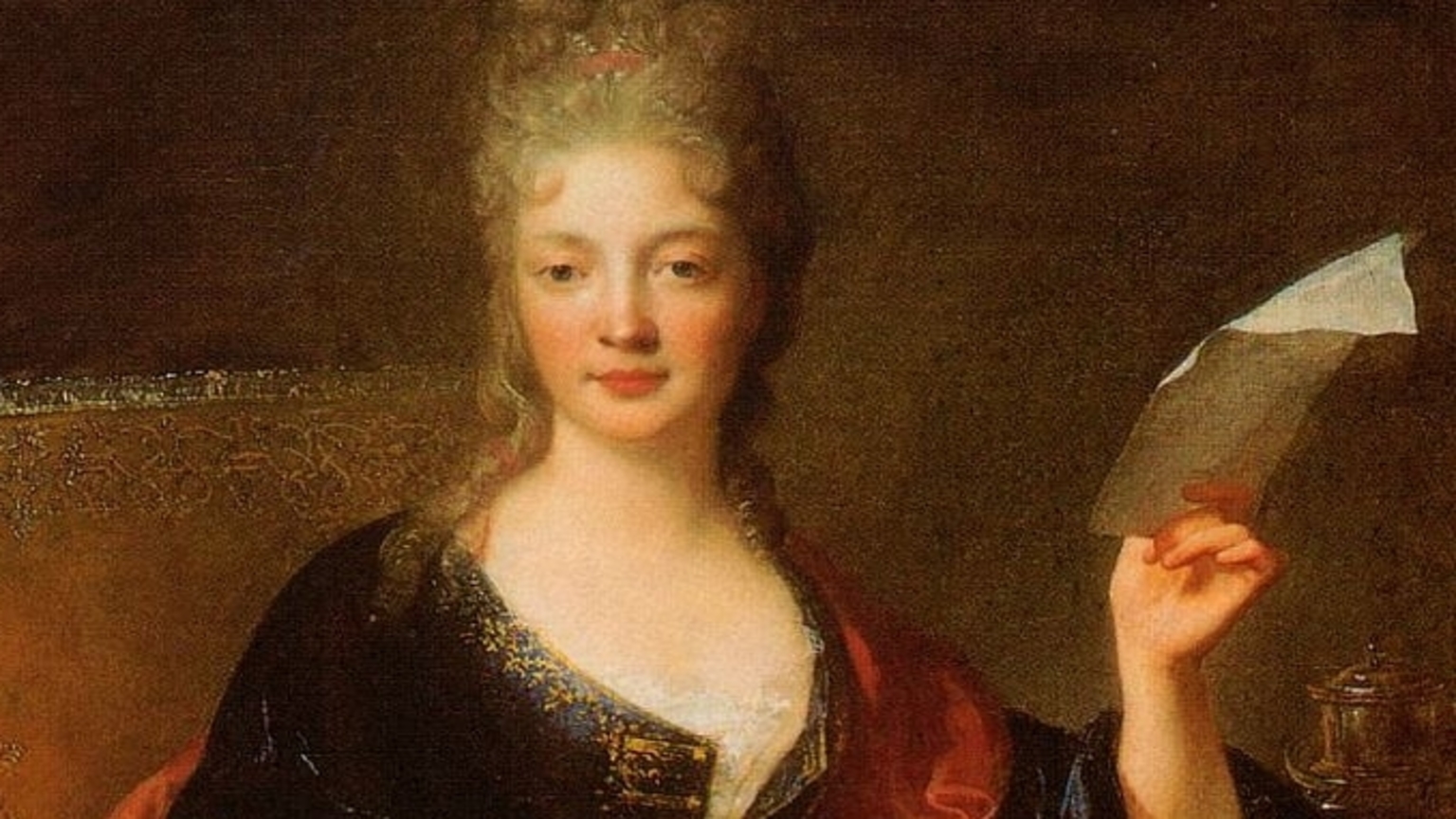Where Art and Music Meet
“If a band plays a song, they are just playing music. But if an artist performs a song as part of an exhibition, then it becomes art, right? It is a grey area, indeed, and many exhibitors, curators, artists, and musicians are putting on events, each with their own differing response to that very question. Of course, there is a long and rich history of music and art being intertwined; some of the best-known examples being the Dada movement’s sound poetry and Andy Warhol’s Factory. The two genres have enjoyed a cosy relationship throughout much of the last century. At present there is a real trend to combine the two, with museums and galleries particularly keen to put on festival-style events and one-off performances showcasing both art and music.”



